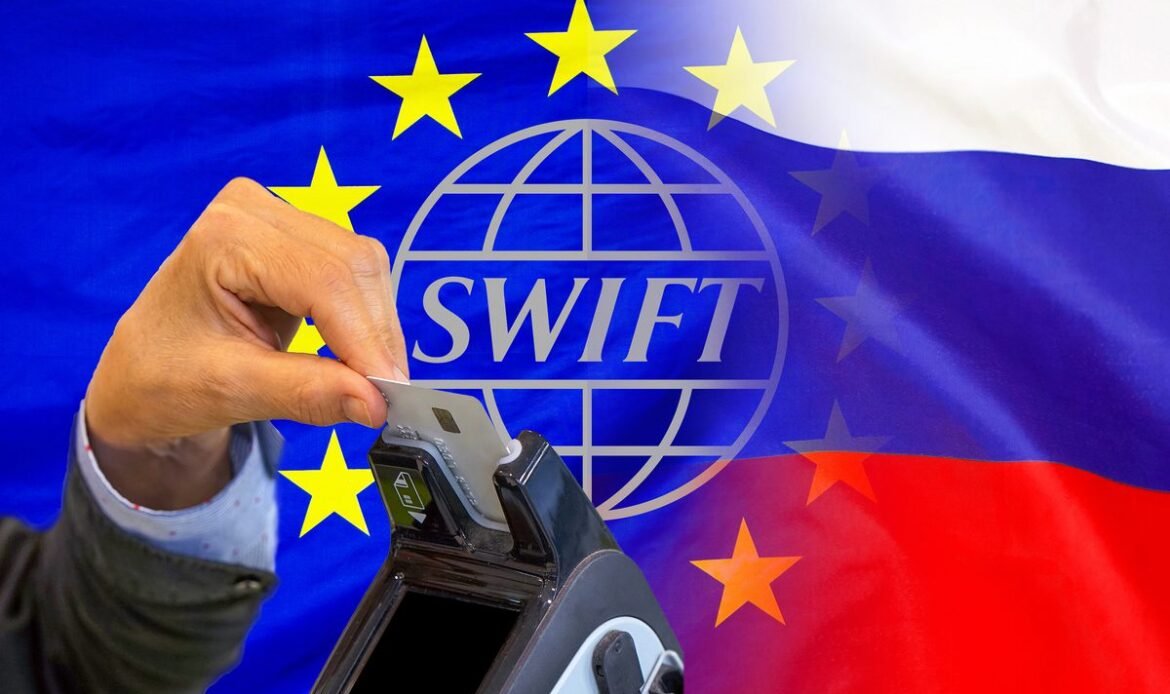Russia’s Strategy to Circumvent International Sanctions
Since the onset of the conflicts in Ukraine and even prior, Russia has been wary of Western and NATO encroachment on its vital space and strategic geography. This concern escalated after the Ukrainian war and NATO’s expansion towards Russia, pushing Russia into complex circumstances requiring diverse measures to navigate out of this situation. One such measure includes enhanced cooperation with Latin American countries.
In the context of breaking geopolitical strategic pressures, Russia attempts to put pressure on the U.S. government by increasing its presence and expanding its influence in America’s backyard, namely Latin America. In this regard, Russia has signed several new agreements with Venezuela in the fields of energy, military affairs, and intelligence cooperation. This move comes at a time when the United States is pushing its Western values in Venezuela to attract loyal factions to rely on in this country.
Now, Russia has ramped up its activities in Venezuela more than ever, presenting a significant challenge to U.S. objectives in the region. This approach seems to be Russia’s preference for indirect confrontation with America in this part of the world rather than engaging in direct combat at its borders.
In reality, by choosing Venezuela for expanding cooperation, Russia aims to acquire a valuable negotiation card against the U.S. The Russians understand the importance of Latin America to the United States, and now instead of directing all their efforts towards defending their geographical borders, they are taking multiple steps to pressurize America. Through these actions, the Russian government seeks to bring the United States back to the negotiation table to reach agreements on various issues.
Russia’s approach from the beginning has been towards attempting direct negotiations with the U.S., as emphasized by Putin since the start of the Ukrainian conflict when he noted that peace
negotiations must occur with America. Historically, the U.S. has frequently refused to negotiate
with Russia regarding the Ukrainian conflict, viewing the prolongation of the war as a strategic
victory. However, Russia has recently intensified its hybrid warfare strategies. It employed these
strategies with particular sensitivity before the direct war with Ukraine, but during the conflict,
the focus shifted more towards direct confrontation. Now, it appears Russia is returning to the
successful tactics it used decades ago, fighting in an environment below the threshold of direct
war with its main competitor, the United States.
Moreover, Russia is aiming to pinpoint areas crucial to the U.S. to play in, recognizing that the
only way to pull America to the negotiation table is by challenging its interests globally. Therefore, Russia targets key regions to challenge American interests, potentially forcing them into negotiations.
However, Russia’s approach isn’t just about challenging U.S. interests at any cost; they know the rules of the game well. The Russians have tried to engage in areas where the U.S. government
faces tough challenges, where Eastern governments, including Russia, generally enjoy wide
popularity or where anti-American sentiments are rooted. Latin America is one such region,
where there is often a lack of positive sentiment towards the U.S. government, and at the same
time, Russia can leverage its traditional presence for influence.
Thus, Russia has moved beyond a defensive stance regarding the Ukrainian war, seeking to
expand its activities to break the geographical siege and conduct a defensive move against the
U.S. that doesn’t increase pressure on Russia and isn’t so weak as to be misunderstood by
America. We must observe how the game between Russia and America continues, which has
become more complex and widespread in recent times, and whether Trump’s presence will end it
or escalate it further.






